Pilots are taught that they must check out an airplane with great care before taking to the air with the machine. This process is called a preflight. But what goes on during a preflight. Does a pilot walk-up and kick the tires and peer into a gas tank to make sure there’s enough then start ‘er up and head for the runway? No, there is much more to it.
While preflight operations will vary from one airplane to another, there is a basic format that is ultimately adjusted for different airplanes. We will be talking about preflights for single-engine, small airplanes in this article.
For virtually everything that must be checked during a preflight, the pilot uses a written or electronic checklist. When you see a pilot using a checklist, you are seeing a professional approach to aviation. The few pilots who choose not to use these lists are risking some level of safety unless they are supremely-expert and have flawless memories.
Pre-Preflight
There is much work a pilot must do before considering a flight and even before he or she gets to the airplane. The pilot must investigate weather, weight and balance, temporary flight restrictions, Notices to Airmen and a lot more. We will reserve those things for another blog.
The Inevitable Hobbs Meter
The first step in virtually every preflight, at least for people who rent rather than own the airplane they about to fly, is to check out something called the Hobbs meter. This has nothing directly to do with the safety of flight. The Hobbs meter shows how many hours the engine has run, and most places that rent airplanes charge by time the engine has been running, not on how many days the airplane is rented. So this is actually an economic step.
In fact, certain kinds of maintenance are based on how long the engine has run, so the Hobbs meter performs other important functions, but our focus here is preparing for an individual flight. Still, economics comes before anything else in most cases!
Paperwork
The FAA (Federal Aviation Administration) is very particular about what kind of paperwork must be inside an airplane for it to be legal to fly. All airplanes must have an airworthiness certificate in the airplane that is visible to passengers. Also, there must be a special paper called the official weight and balance. This is used by the pilot to ensure that the center of gravity and total weight of the airplane will remain within legal limits over the course of the flight. Most airplanes also require a pilot’s operating handbook to be on board, and certain equipment installations may require supplemental materials. Also, other documents may be required for international flights, but we will not consider that here.
Exterior Preflight
Once the pilot is satisfied that all of the paperwork is in order, he or she will move to the outside of the airplane and begin a physical check of the machine. A pilot usually develops a specific flow, going from one thing to another, to help ensure that nothing is missed. The kinds of things that the pilot will check include looking for dents, corrosion, dirt, ice or snow, and other things on the skin of the airplane, plus the operation of the various flight controls like ailerons, flaps, rudder, horizontal stabilizer, and other elements that may be specific to a particular airplane. The external preflight also gives the pilot access to the fuel tanks, which in most cases reside inside the wings. Perhaps most importantly, the pilot will check the propeller or propellers on the airplane.
A final step in most exterior preflights involves stepping perhaps 10-20m from the airplane to take a long look to make sure that everything looks fine.
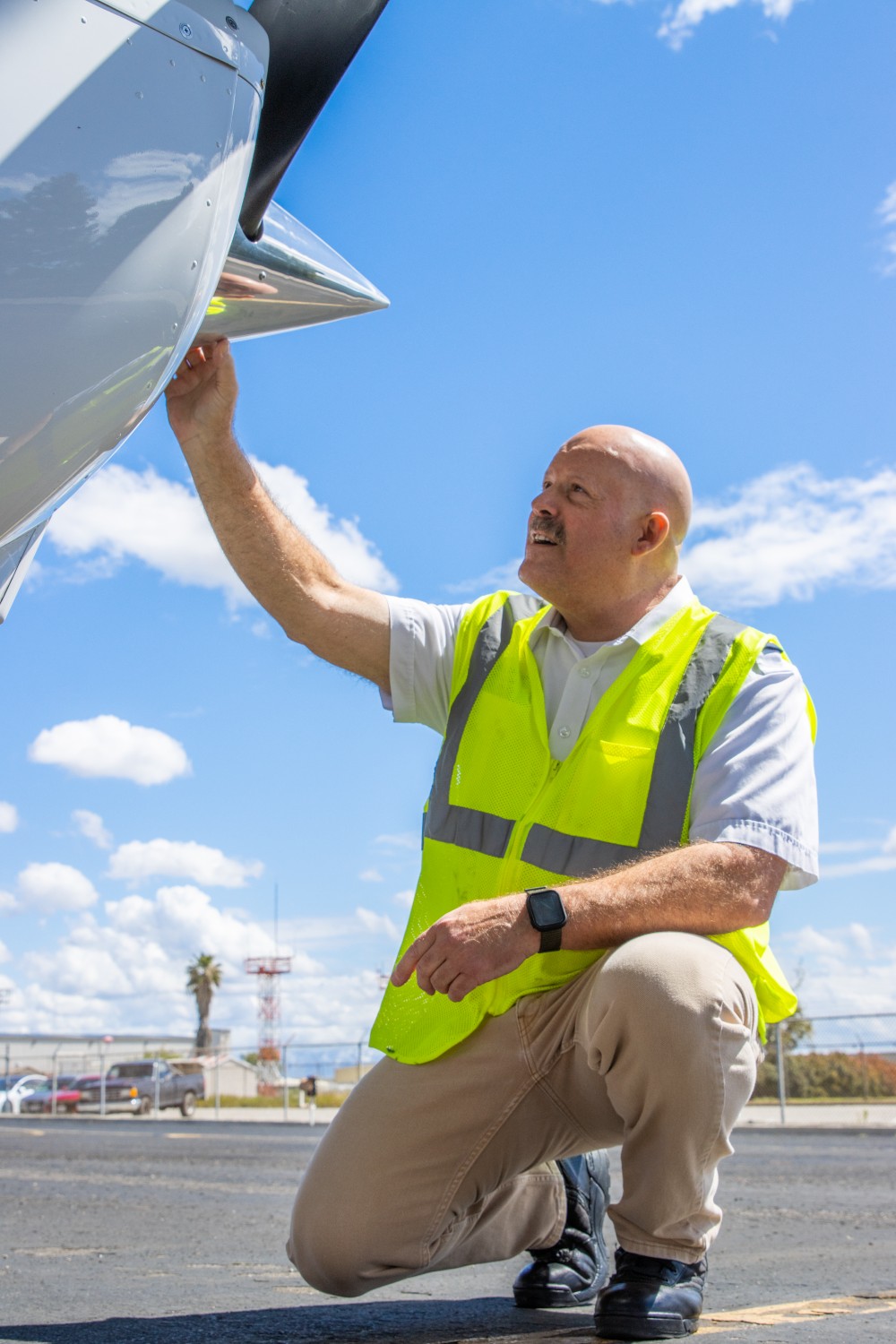
Interior Preflight
Once the pilot is satisfied that everything outside the airplane is as it should be, the pilot must check multiple systems inside the airplane. This has two phases. The first one is when the airplane has not yet been started. Every airplane is different, so what the pilot checks varies from airplane to airplane. However, basically, the pilot looks at systems related to braking, fuel, and electronics.
The second phase happens once the airplane has been started; now there are many other systems to check. These include, at very minimum:
- Fuel pressure
- Oil pressure
- Radio settings and tunability (including transponder code – see the CalAero article on this)
- Navigational instrument health
- Operation of flight controls, including but not limited to
- Flaps
- Rudder
- Ailerons
- Elevator
- Ability to move all of these to their 100% limits
- Fire extinguisher readiness
- Database currency, for airplanes so equipped
- Flightplan entry, for airplanes so equipped
After the Preflight
The preflight is not the only thing that must happen before a pilot determines that an airplane is ready to depart from the earth. After receiving a clearance from ATC if the airplane is at a controlled airport (no clearance if the field is uncontrolled), the airplane taxis from where it is parked toward the runway and the pilot checks steering (done with the feet using the rudder pedals), the directional gyro’s motions, the turn-and-bank indicator, and more. The pilot will then stop in a “run up” area, run the engine very high, and check other systems that respond differently at low engine RPM compared to during high engine RPM.
Eventually, only after the pilot has decided that everything is ready to fly, he or she will take to the runway. In controlled airports, this will require clearance from air traffic control.
Safety, Safety, Safety
You can see from everything that goes on in the preflight that safety is the number one issue in aviation. Checking airplane systems does not terminate once an airplane rolls down the runway, either. A pilot is checking and verifying systems and reliability from the moment the airplane is approached on the ground until it is shut down after the flight.
All of this results in aviation being an astoundingly-safe method of transportation, whether for avocational or for vocational reasons.
Besides that, it’s just hard to beat the experience of being in the air in a fantastic machine like an airplane.
Ready to soar in your aviation career?
Mr. Matthew A. Johnston has over 23 years of experience serving various roles in education and is currently serving as the President of California Aeronautical University. He maintains memberships and is a supporting participant with several aviation promoting and advocacy associations including University Aviation Association (UAA), Regional Airline Association (RAA), AOPA, NBAA, and EAA with the Young Eagles program. He is proud of his collaboration with airlines, aviation businesses and individual aviation professionals who are working with him to develop California Aeronautical University as a leader in educating aviation professionals.
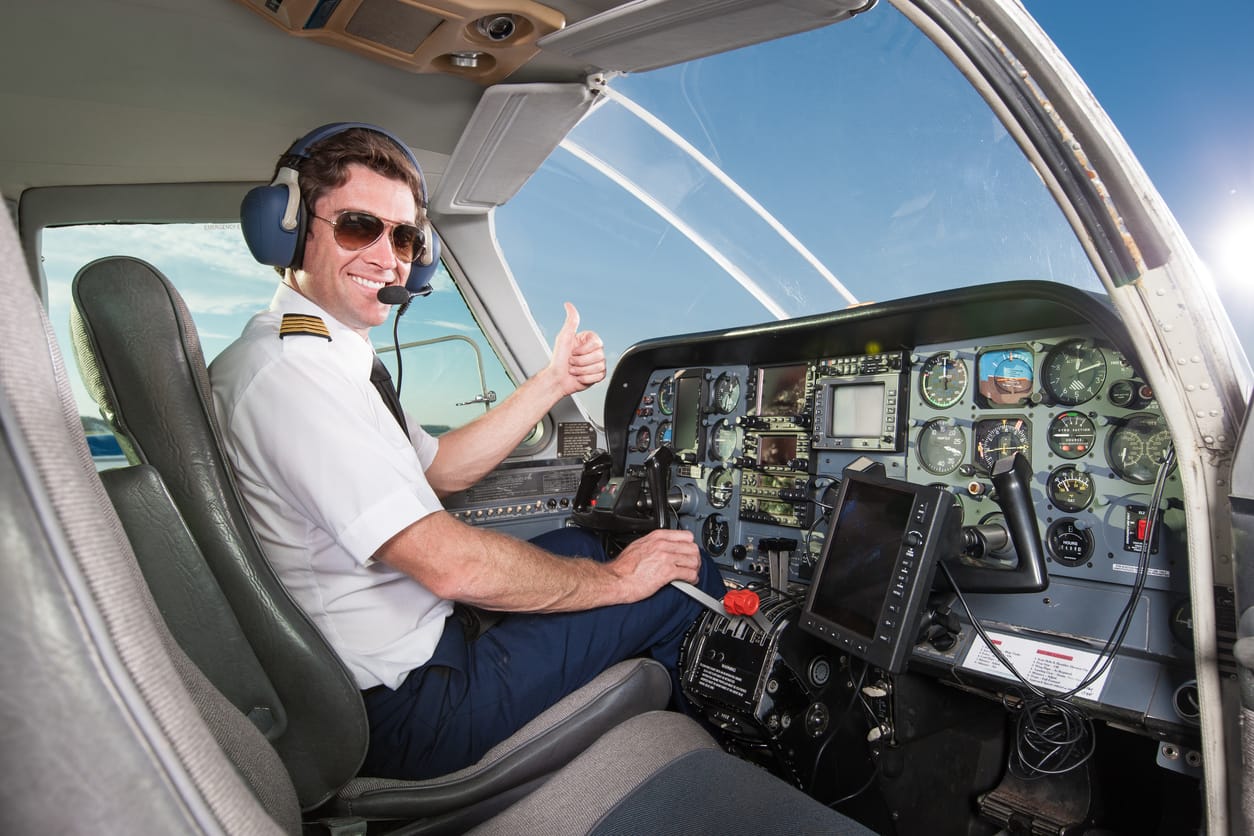
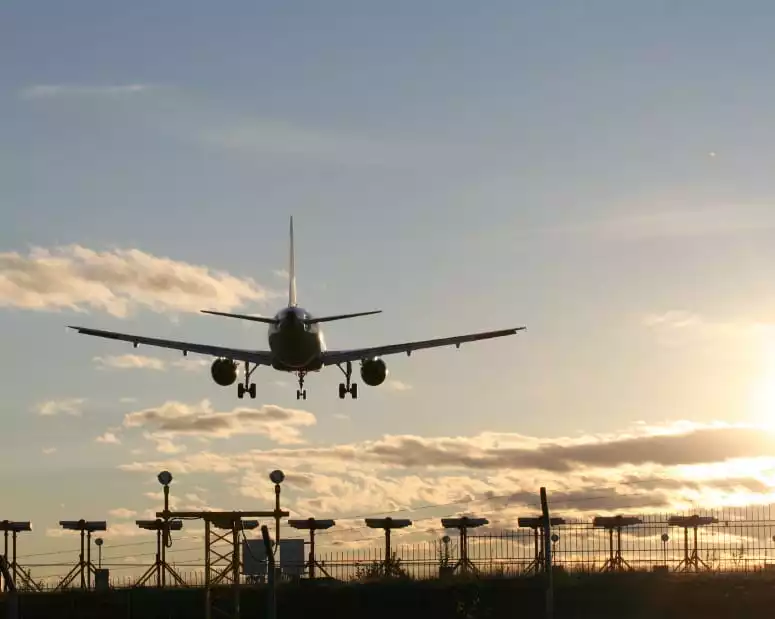


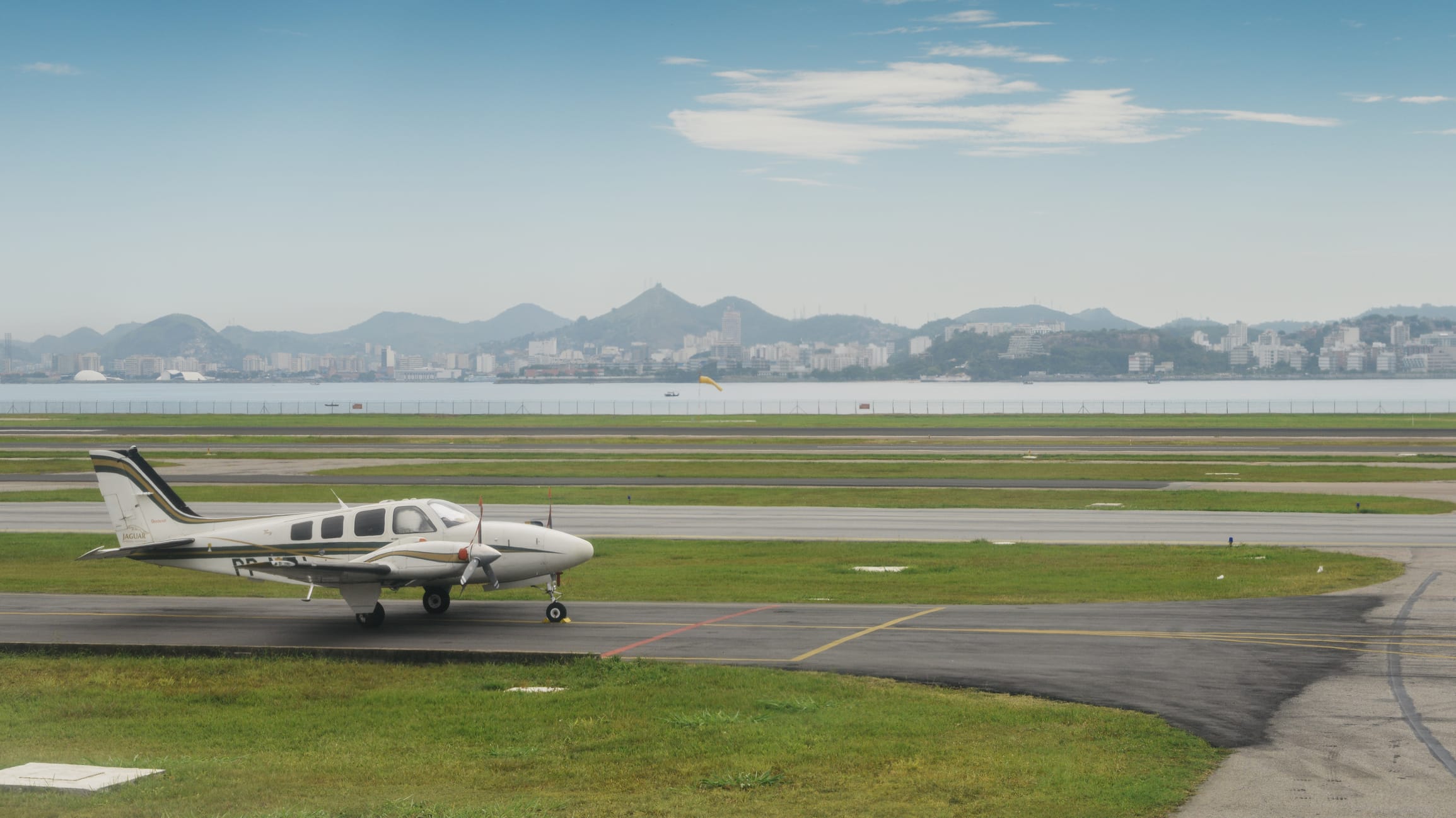
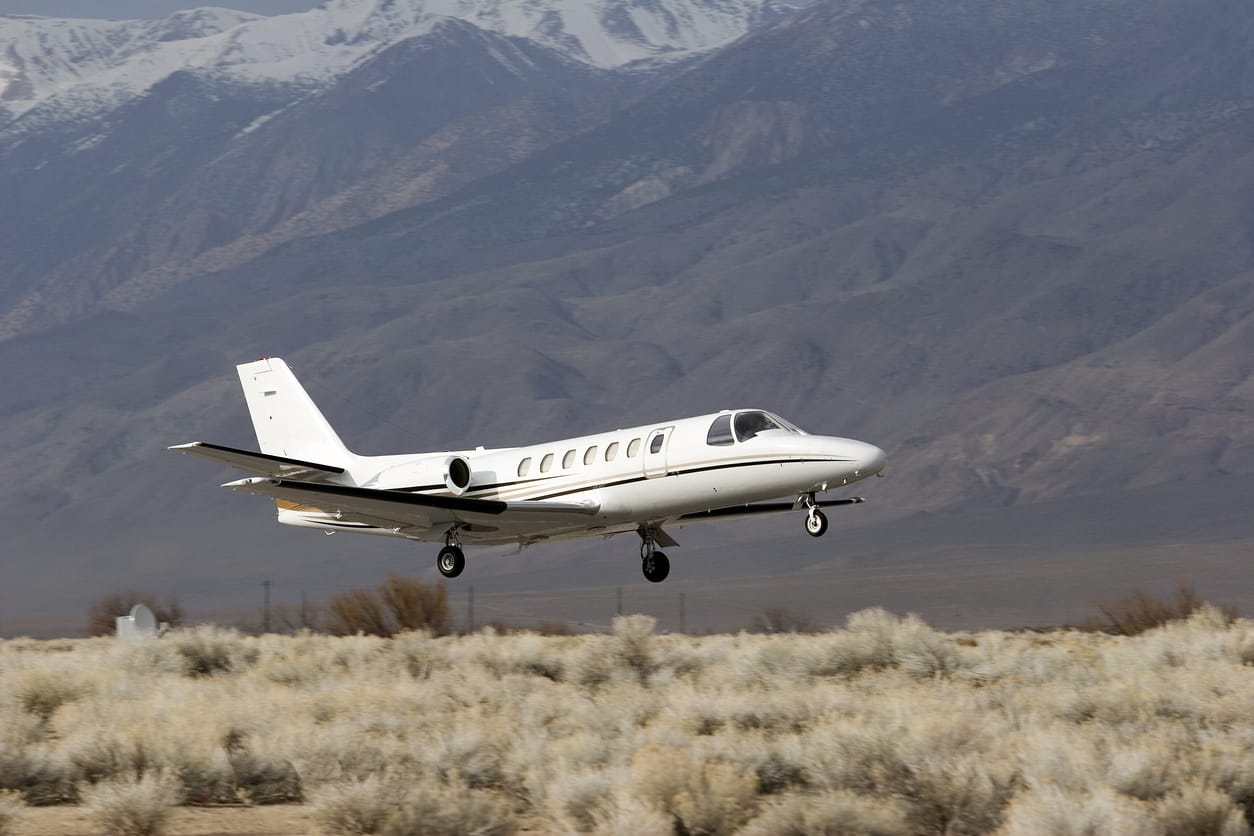
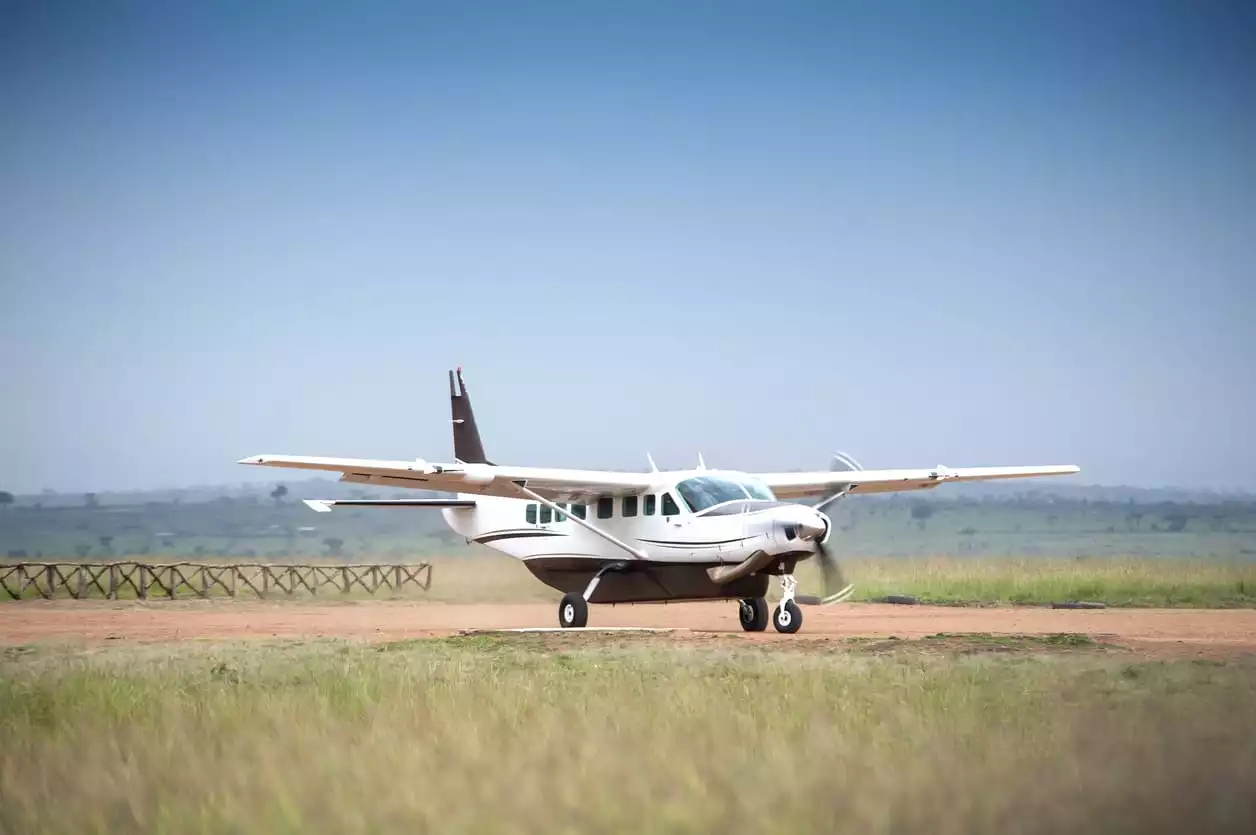
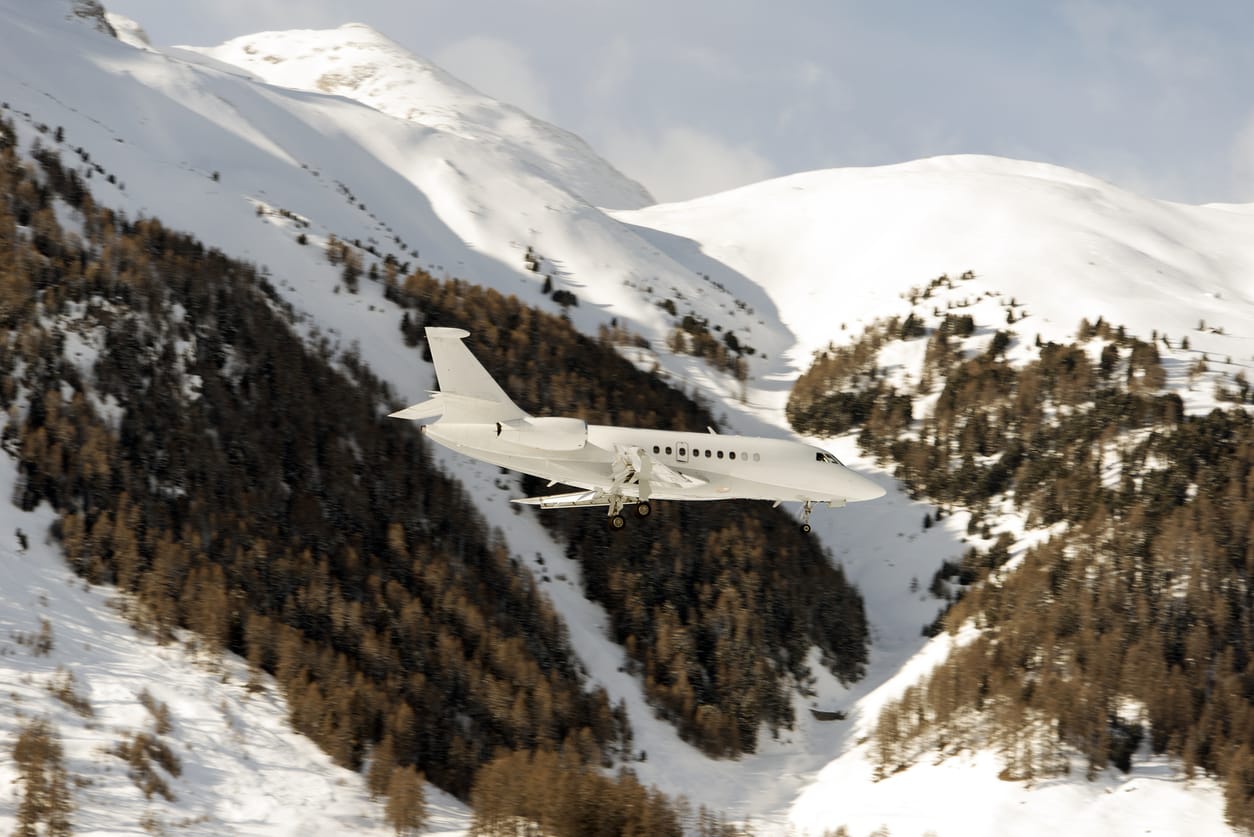
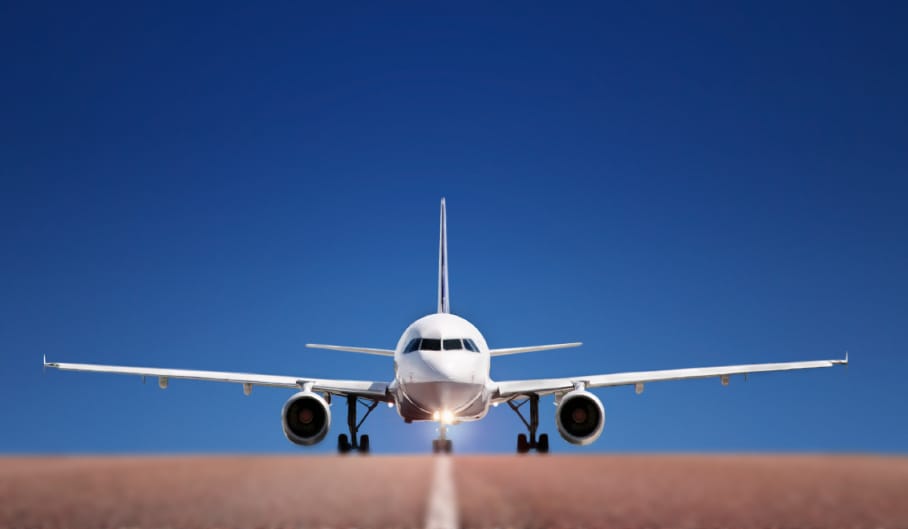
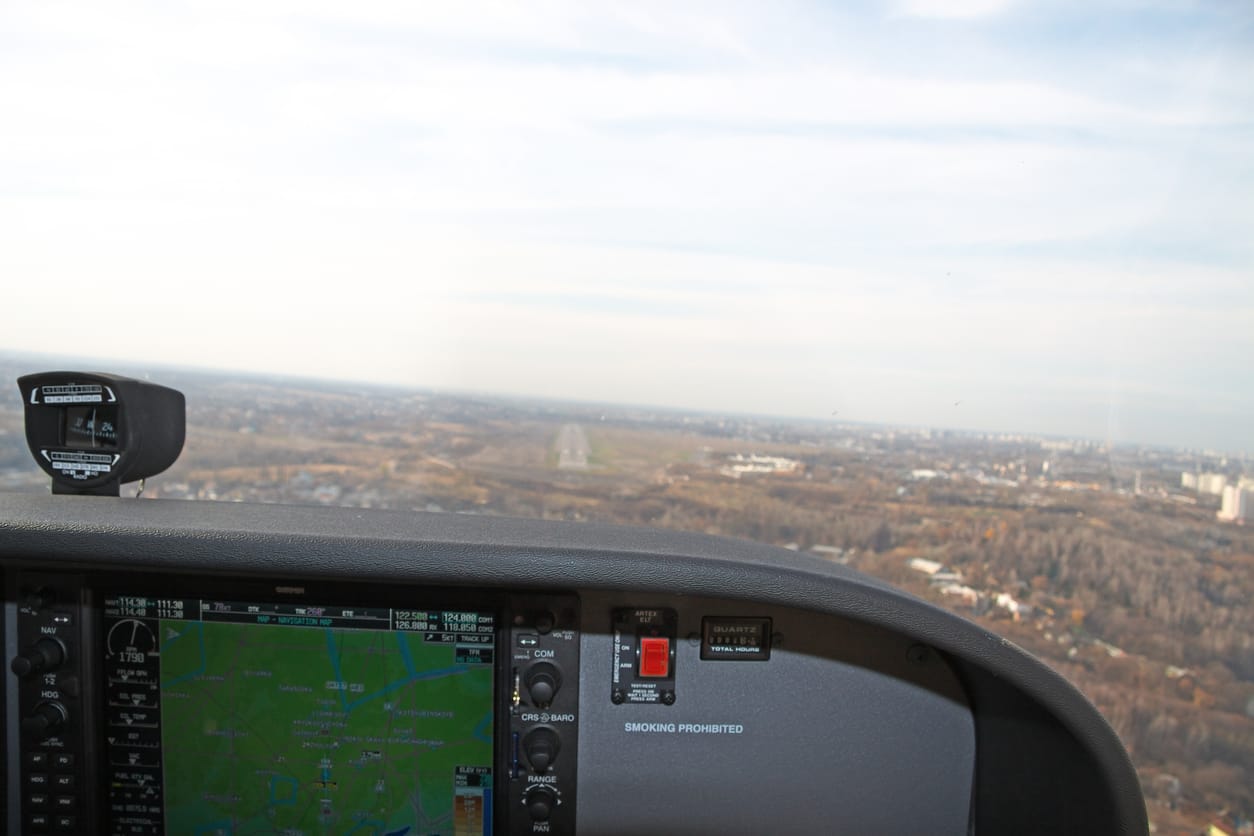
This has been an awesome arrival in aviation
A great help and insight for beginner pilots thank you for sharing
This information
Yours truly Mr Angus Smith uk.
Thank you for your comment, Angus! We’re thrilled you enjoyed the article!